Important inventions of ancient China
Ancient China, a civilization renowned for its profound wisdom and groundbreaking innovations, has gifted the world with numerous inventions that continue to impact our lives today.
From the compass to silk production, these creations were not just practical solutions but also artistic masterpieces. Join us as we explore the fascinating history behind these inventive wonders, each a testament to the ingenuity and creativity of the ancient Chinese people.
The Compass: Guiding Explorers Across Unknown Waters
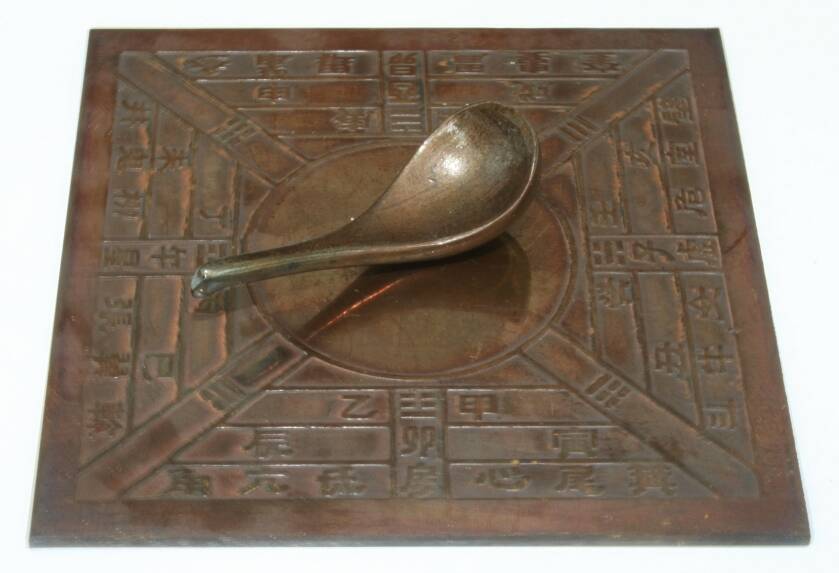
The compass, developed during the Han Dynasty, revolutionized navigation by allowing sailors to traverse vast oceans with greater accuracy. Initially, it was made using lodestone, a naturally magnetized mineral.
This ingenious device transformed exploration, enabling traders and explorers to venture into uncharted waters. The compass eventually spread to the West, where it became an indispensable tool for maritime discovery, forever changing the way humans interacted with the world.
Papermaking: Transforming Communication and Record-Keeping
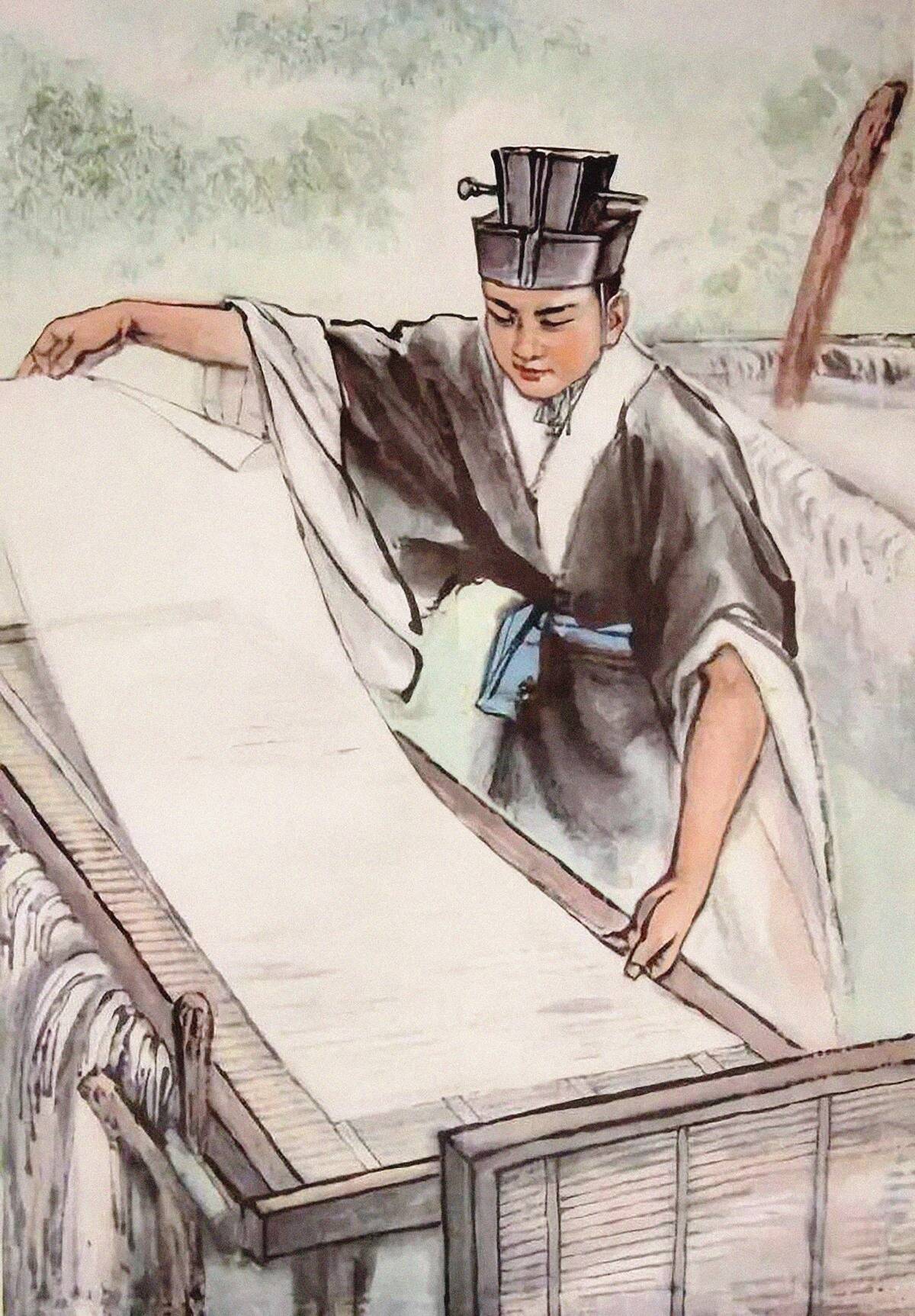
Papermaking, one of China’s most influential inventions, was innovated during the Eastern Han period by Cai Lun. This method involved pulping bark, fishnets, hemp, and rags to create a smooth writing surface.
The widespread use of paper revolutionized the way information was recorded and shared, facilitating education and cultural exchange. As papermaking techniques spread along the Silk Road, they laid the groundwork for the global dissemination of knowledge.
Gunpowder: A Revolutionary Force in Warfare and Celebration

Gunpowder, known as “huo yao,” was serendipitously discovered by Chinese alchemists seeking the elixir of life. Its explosive properties were harnessed for military use, leading to the development of firearms and cannons.
Beyond warfare, gunpowder became integral to celebrations, giving rise to the vibrant fireworks displays that light up the skies during festivals. This explosive invention has left an indelible mark on both the battlefield and cultural festivities worldwide.
Printing Techniques: From Woodblock to Moveable Type
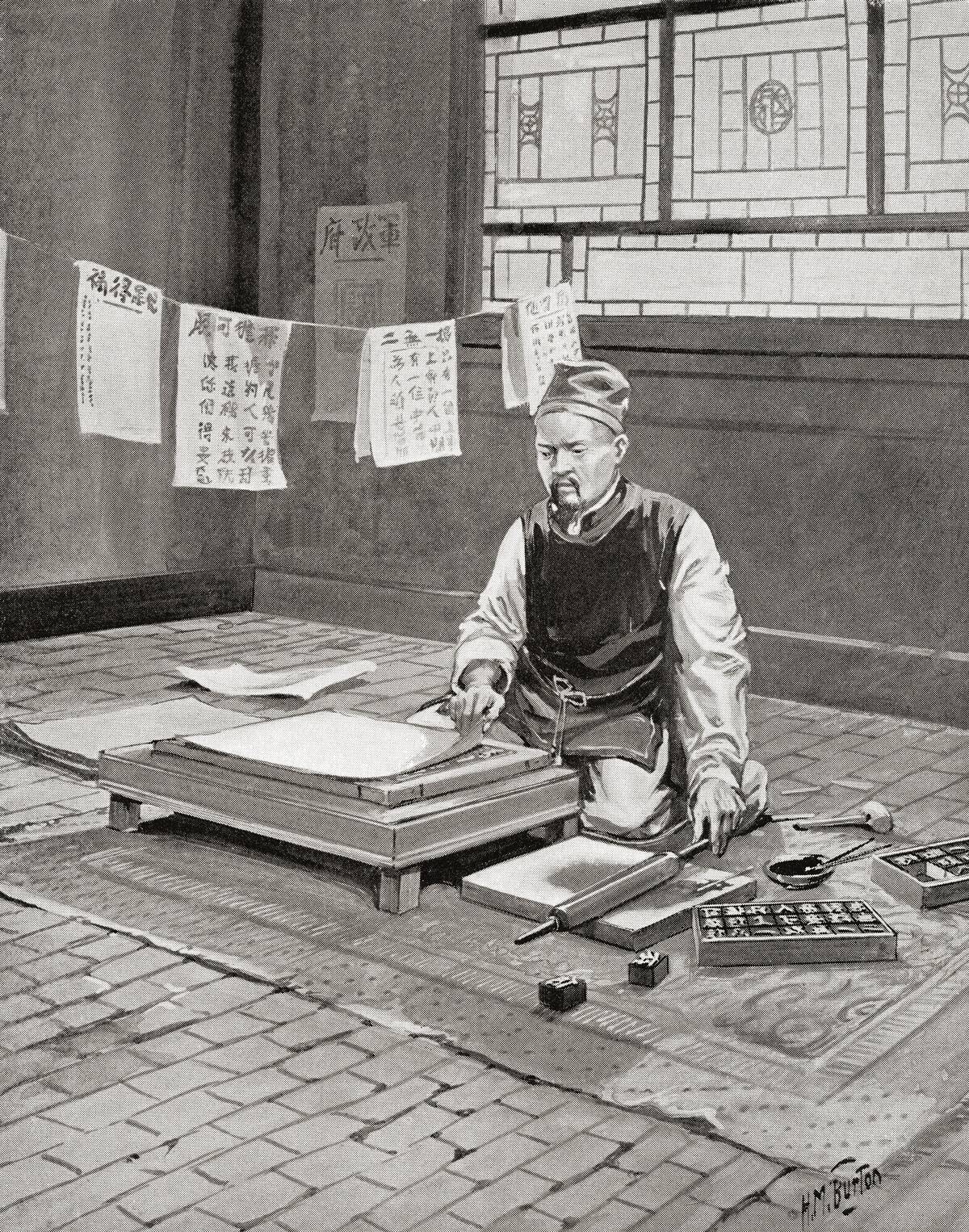
The evolution of printing in China began with woodblock printing, a technique that allowed texts and images to be reproduced efficiently. By the Song Dynasty, moveable type printing was developed by Bi Sheng, using clay and later metal characters.
This innovation drastically reduced the time and effort required to produce books, democratizing access to information. It paved the way for the printing revolution in Europe, leading to a surge in literacy and learning.
Silk Production: The Luxurious Fabric That Shaped a Dynasty
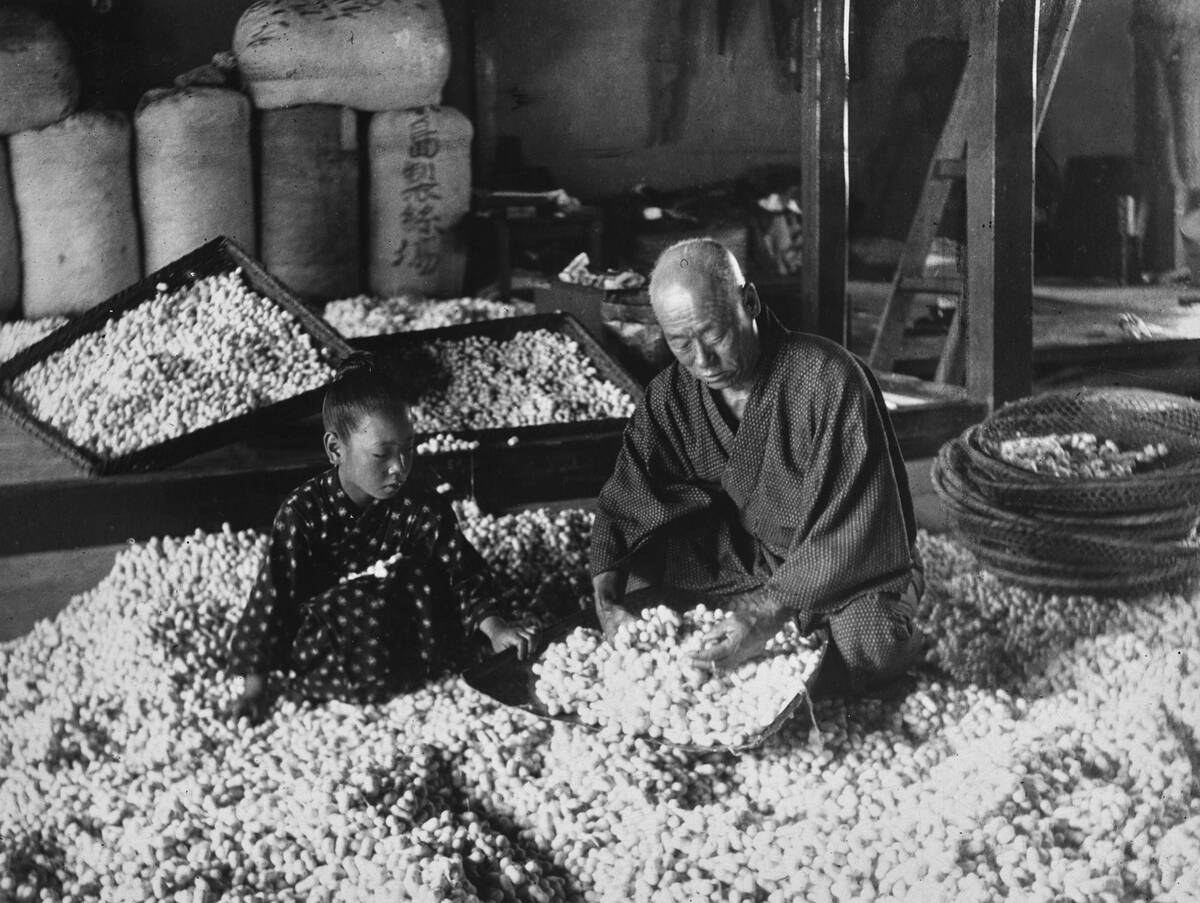
Silk production, or sericulture, was a closely guarded secret of the ancient Chinese. The luxurious fabric, woven from the cocoons of silkworms, became synonymous with wealth and elegance.
Its demand across the world fostered extensive trade networks, known as the Silk Road, connecting China with distant lands. This trade not only enriched China economically but also facilitated cultural exchanges that shaped the civilizations along its route.
The Seismograph: Detecting Earthquakes with Ancient Precision
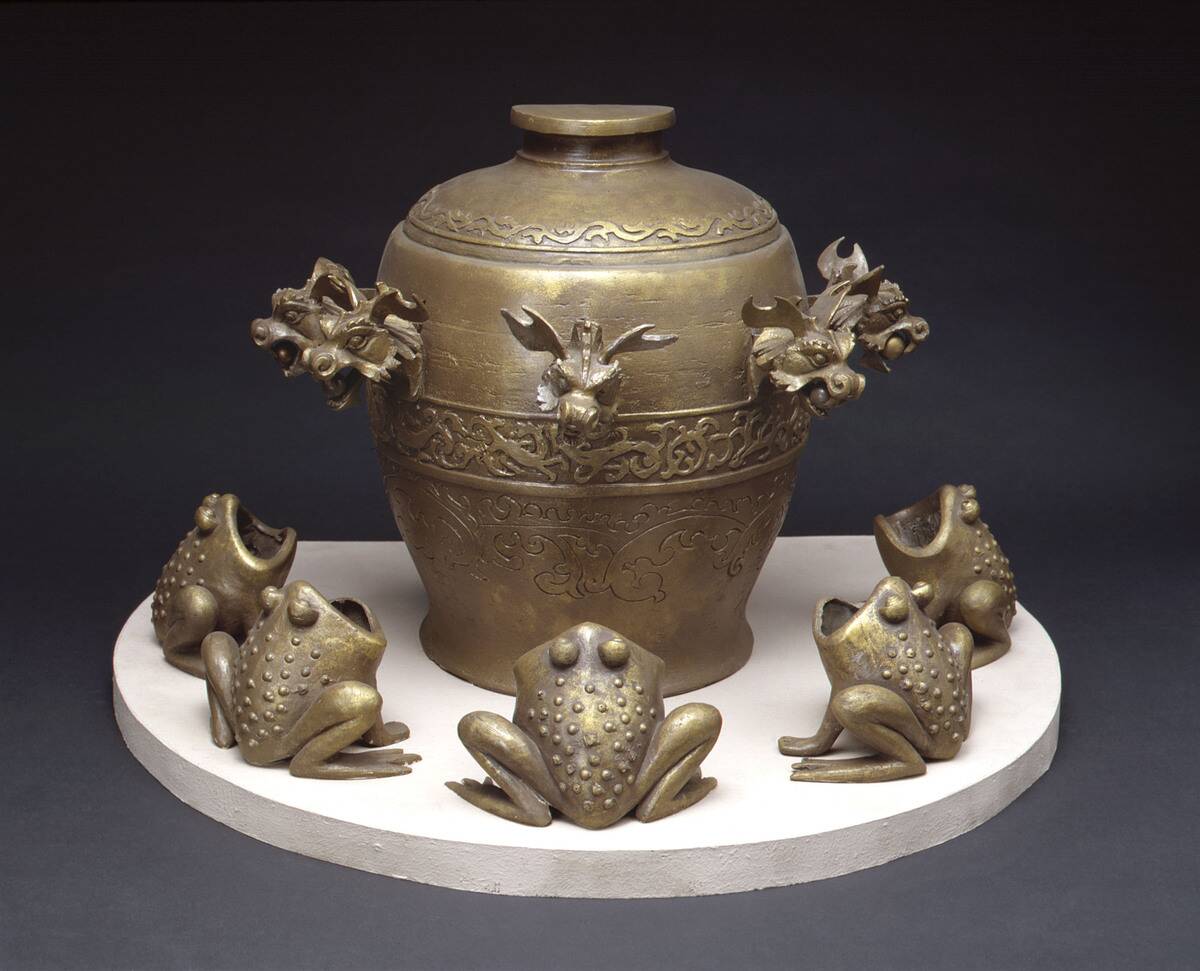
The seismograph, invented by Zhang Heng during the Han Dynasty, was an early tool for detecting earthquakes. This ingenious device used a system of levers and pendulums to sense seismic activity, indicating the direction of the tremor with remarkable accuracy.
Zhang’s invention allowed for timely warnings and responses to natural disasters, highlighting the ancient Chinese commitment to safeguarding their communities through scientific advancement.
Iron Smelting: Advancements in Tools and Weaponry

Iron smelting in ancient China marked a significant leap in technological progress, enabling the production of stronger and more durable tools and weapons.
The use of blast furnaces during the Han Dynasty allowed for the efficient extraction of iron, which was then forged into implements that revolutionized agriculture and warfare. This advancement laid the foundation for China’s military prowess and agricultural productivity, fueling its growth as a dominant civilization.
The Kite: From Military Tool to Playful Pastime
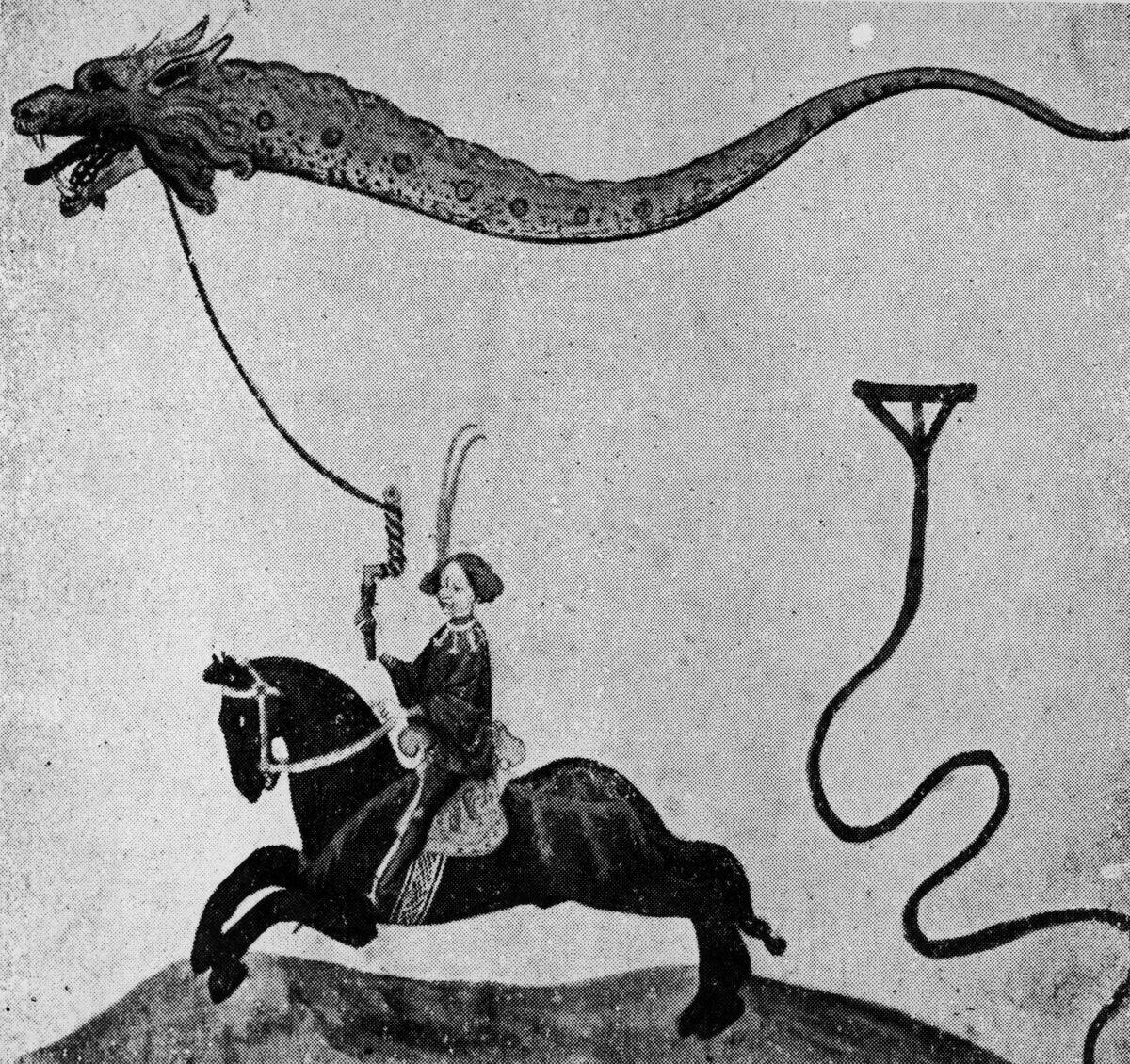
Kites, first documented in ancient China, were initially used for military purposes, such as measuring distances and sending signals. Made from silk and bamboo, these aerodynamic marvels eventually became a popular recreational activity.
Over time, kite flying evolved into a beloved pastime, symbolizing freedom and creativity. Today, kites are flown worldwide, captivating both young and old with their graceful dance against the sky.
Porcelain: The Artistry and Craftsmanship of Chinese Ceramics
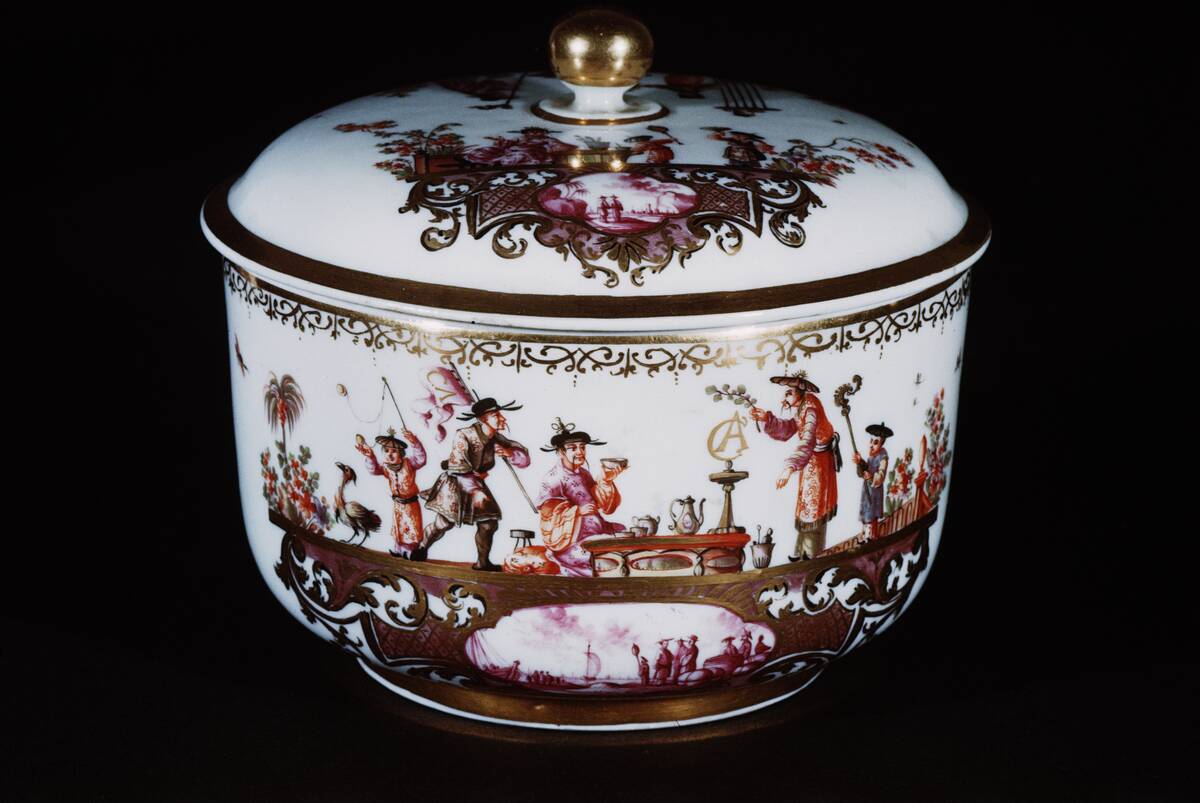
Porcelain, often referred to as “china,” is a testament to the exquisite craftsmanship and artistry of ancient Chinese potters. Developed during the Tang Dynasty, porcelain was prized for its delicate beauty and durability.
This fine ceramic became a highly sought-after export, influencing artistic styles across the globe. The legacy of Chinese porcelain endures, as it continues to be celebrated for its elegance and timeless appeal.
The Wheelbarrow: An Ingenious Solution for Agriculture and Construction

The wheelbarrow, invented during the Han Dynasty, was a groundbreaking tool that revolutionized the transportation of goods and materials. Its simple yet effective design allowed for the efficient movement of heavy loads, significantly aiding in agricultural and construction projects.
This innovation not only improved productivity but also exemplified the practical ingenuity of ancient Chinese inventors, whose creations continue to serve as timeless solutions to everyday challenges.
Tea Cultivation: Brewing a Cultural and Economic Phenomenon

Tea cultivation in ancient China gave rise to a rich cultural tradition and a booming economic industry. Originating during the Tang Dynasty, tea quickly became a staple beverage, celebrated for its soothing properties and as a pleasant way to drink boiled water that was necessary to prevent rampant water-borne illnesses.
The Chinese tea ceremony, with its emphasis on mindfulness and harmony, reflects the deep cultural value placed on this humble leaf. As tea spread worldwide, it fostered international trade and cultural exchanges, leaving a lasting impact on societies across the globe.
The Crossbow: A Game-Changer in Ancient Warfare
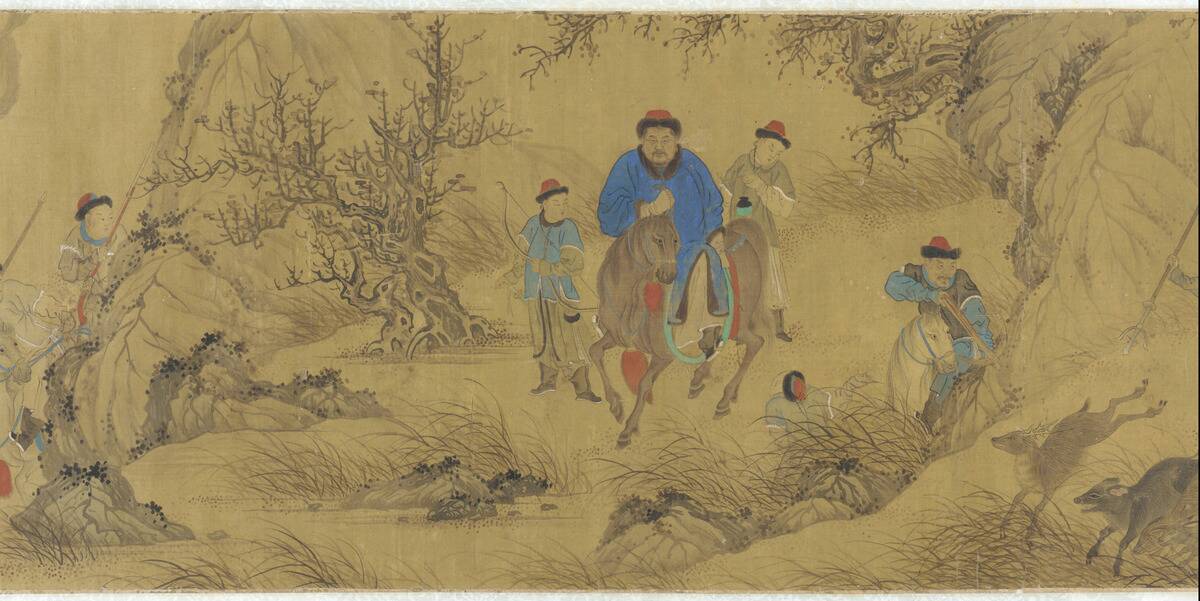
The crossbow, developed during the Warring States period, transformed military strategy in ancient China. Its ability to shoot arrows with precision and power from a distance gave armies a significant advantage on the battlefield.
The crossbow’s impact extended beyond China, influencing military tactics worldwide. This formidable weapon exemplifies the innovative spirit of ancient Chinese engineers, whose contributions to warfare technology have left a lasting imprint on history.



